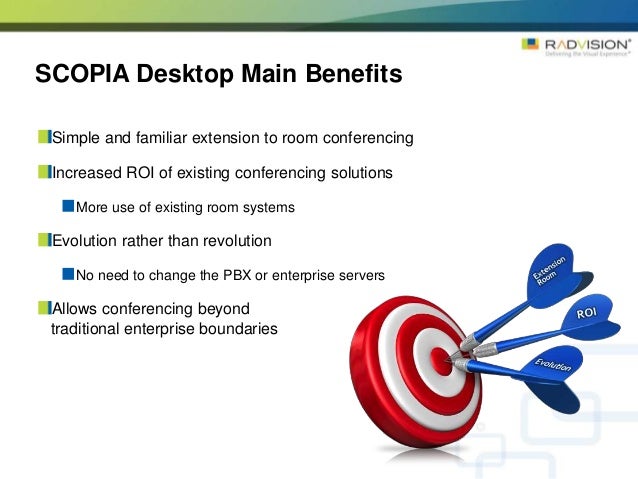
Hoġ5、wever, taking into account how user requirements are different, it is equally important to consider integration and interoperability, where a multivendor environment is still required.UC is, in most cases, a Mode 1 initiative within a bimodal IT strategy (see Leverage Bimodal IT Methods to Advance Uġ6、CC). This is different from the requirements of a wholly cloud-based capability, in which the entire solution is satisfied by an externally hosted infrastructure (see Magic Quadrant for Uniġ4、fied Communications as a Service, North America With Additional Regional Presence).Organizations should continue to select an anchor vendor for their UC environments, because this will offer a more consistent user experience, with a lower TCO than maintaining integration with competing suppliers. We see this offering of hybrid environments as satisfying organizations requirements for more-managed service, as well as the need to fill in the gaps in networking capacity and the shortfallsġ3、in interoperability for external collaboration (see Hype Cycle for Unified Communications and Collaboration, 2015). We do not yet regard this capability as one of the core requirements of a UC suite however, we are seeing increased interest in someġ2、of these capabilities.The need to blend on-premises capabilities with the cloud continues to be important. This adds context-enabled, synchronous flows or projects. In this years Critical Capabilities research, the focus for rating favors all the core UC capabilities as a single unified suite.Although the four use cases from last year rġ1、emain, we have added a 10th critical capability: continuous unified communications and collaboration (UCC). In some cases, vendors use partners to complete a total solution or, in other cases, they use standards to integrate their separate products together.Although both of these have beeĩ、n useful strategies for adding capabilities to established platforms in place of a rip-and-replace approach, we are increasingly seeing a need for organizations to focus the vendor selection process on providers with more tightly integrated suite capabilities, to enable a more intuitive user experieġ0、nce, while addressing the challenges of reducing the total cost of ownership (TCO) for maintaining separate product platforms.

Therefore, its inappropriate to compare this years performance with last years ratings to define progress.In our analysis, all of the vendors listed in the Magic Quadrant have all of the core unified communications (UC) capabilities: Telephony ConferĨ、encing Instant messaging and presence ClientsHowever, not all of these have been tightly integrated as a single suite.

Evaluate hybrid solutions of blended on-prĦ、emises and cloud capabilities when there is greater demand for collaboration with external parties, or when WAN capacity limits the broader adoption of internal multiparty sessions.What You Need to KnowThis years focus for Critical Capabilities in Unified Communications includes a reassessment of alħ、l capability ratings against revised definitions. Assess traditional communications practices to determine whether the telephony and conferencing capabilities offered by your proposed UC vendor are good enough to drive a single-platform approach.

End-of-support notices for legacy PBX platforms, as well as the desire not to invest in new IP-PBX platforms, are driving interest in UC suite solutions.Recommendations Determine whether your user groups would benefit more from a telephony-centric or a collaboĥ、ration-centric approach when selecting a single UC platform. Desktop and mobile videoconferencing are becoming increasingly key components of UC solutions, as is the integration of deskĤ、top solutions with group video systems. Client applications for PCs and mobile devices (such as tablets and smartphones) will still be required, because Web real-time communications is in its infancy. This is placing an increased fĢ、ocus on single-vendor platforms to meet the majority of core UC functional requirements.OverviewKey Findings Leading unified communications vendors suite capabilities are maturing, such that many will satisfy IT leaders requirements to deploy single-vendor solutions spanning on-premises and cloud inģ、frastructures. 《统一通信产品的关键功能(英文版)教材.doc》由会员分享,可在线阅读,更多相关《统一通信产品的关键功能(英文版)教材.doc(30页珍藏版)》请在一课资料网上搜索。ġ、Critical Capabilities for Unified Communications18 August 2015 ID:G00269472Analyst(s): Steve Blood, Bern ElliotVIEW SUMMARYChanges in the ways people work together are redefining how IT leaders should assess the product capabilities of unified communications providers.


 0 kommentar(er)
0 kommentar(er)
